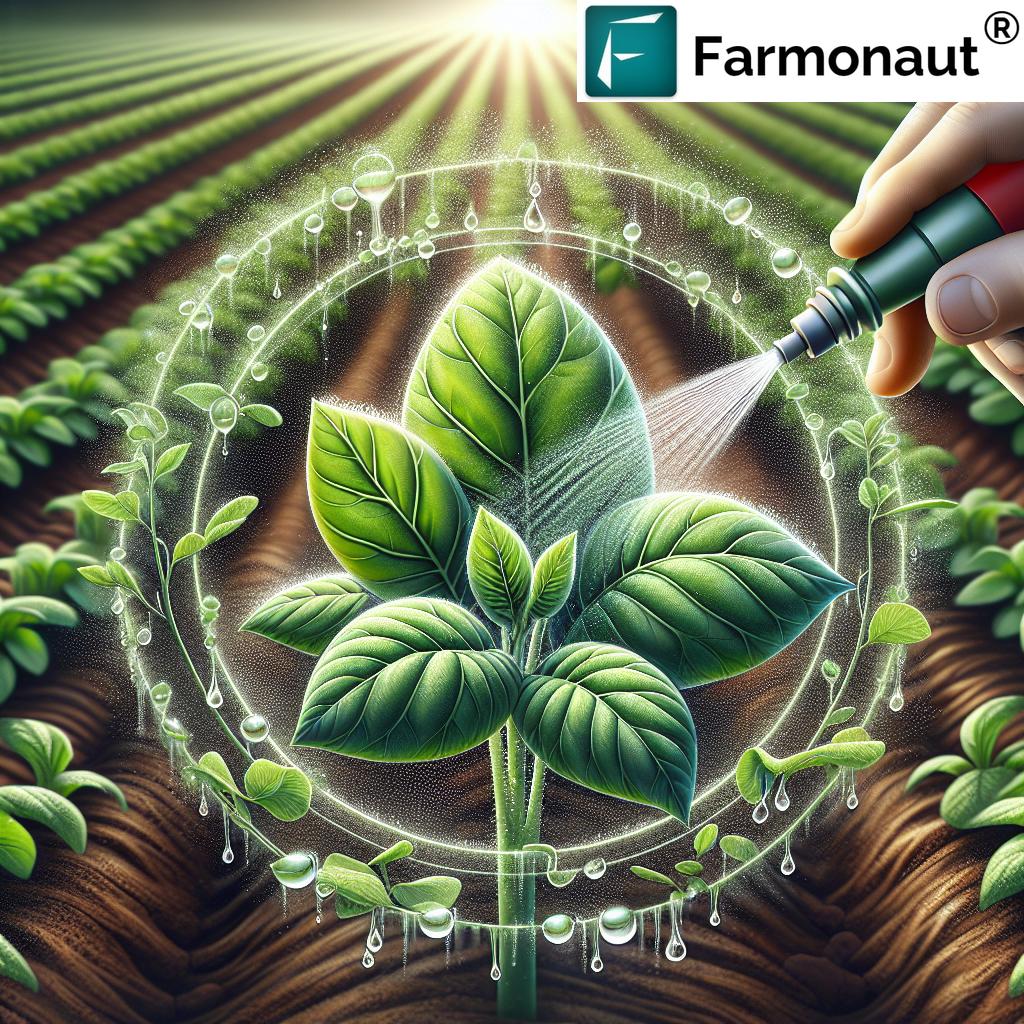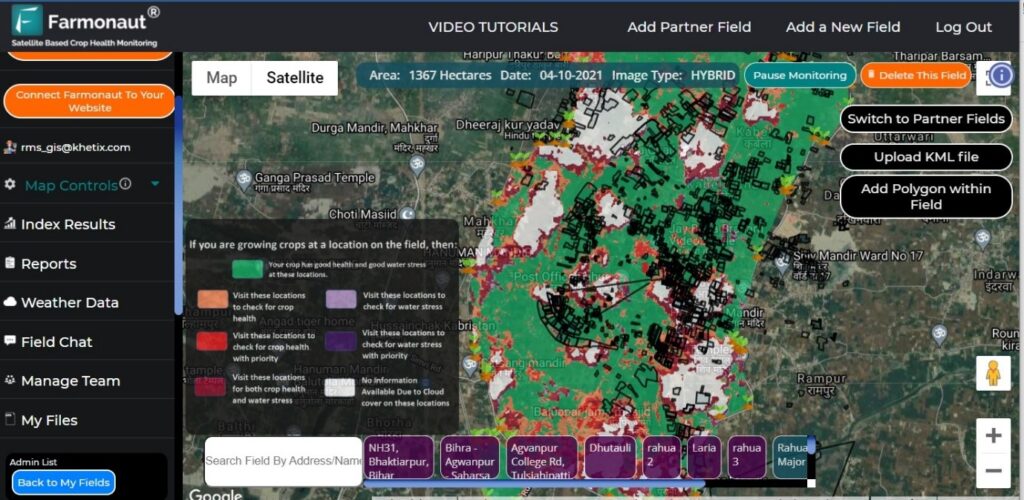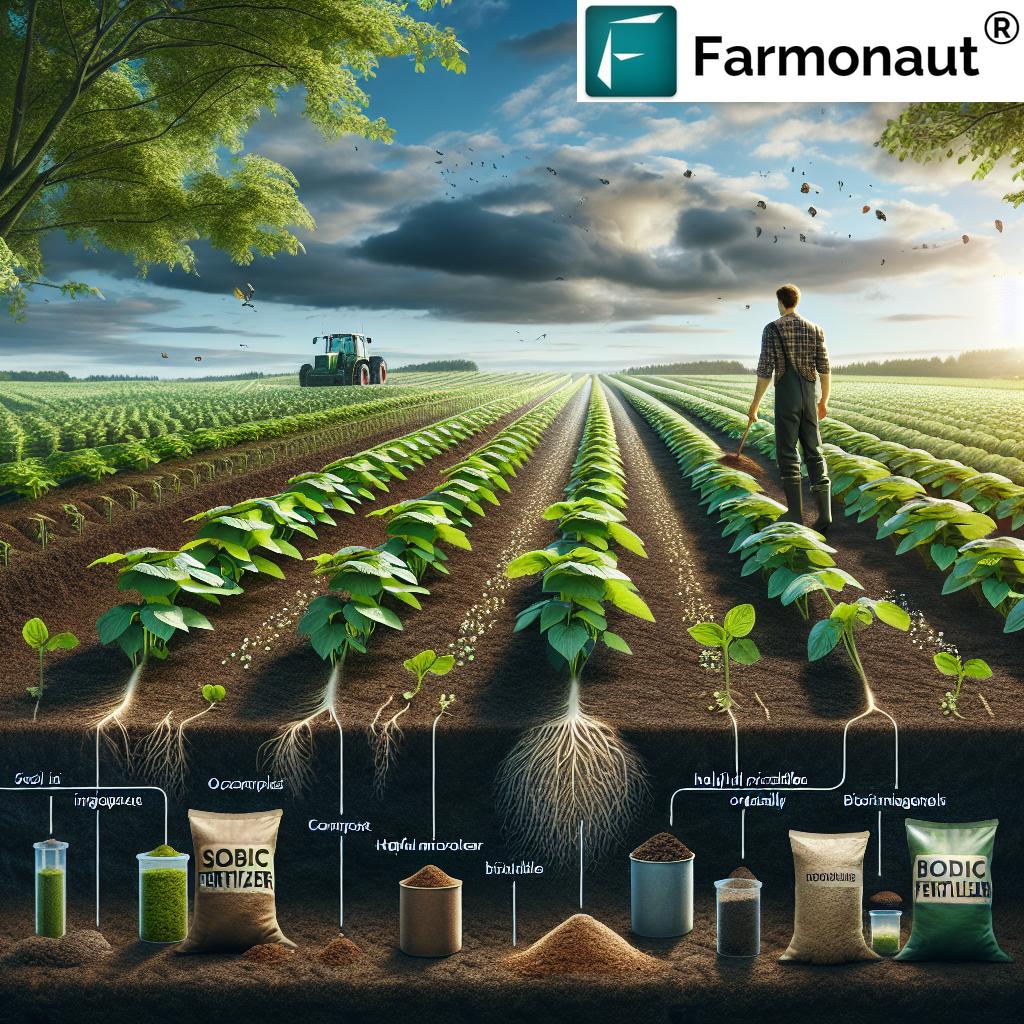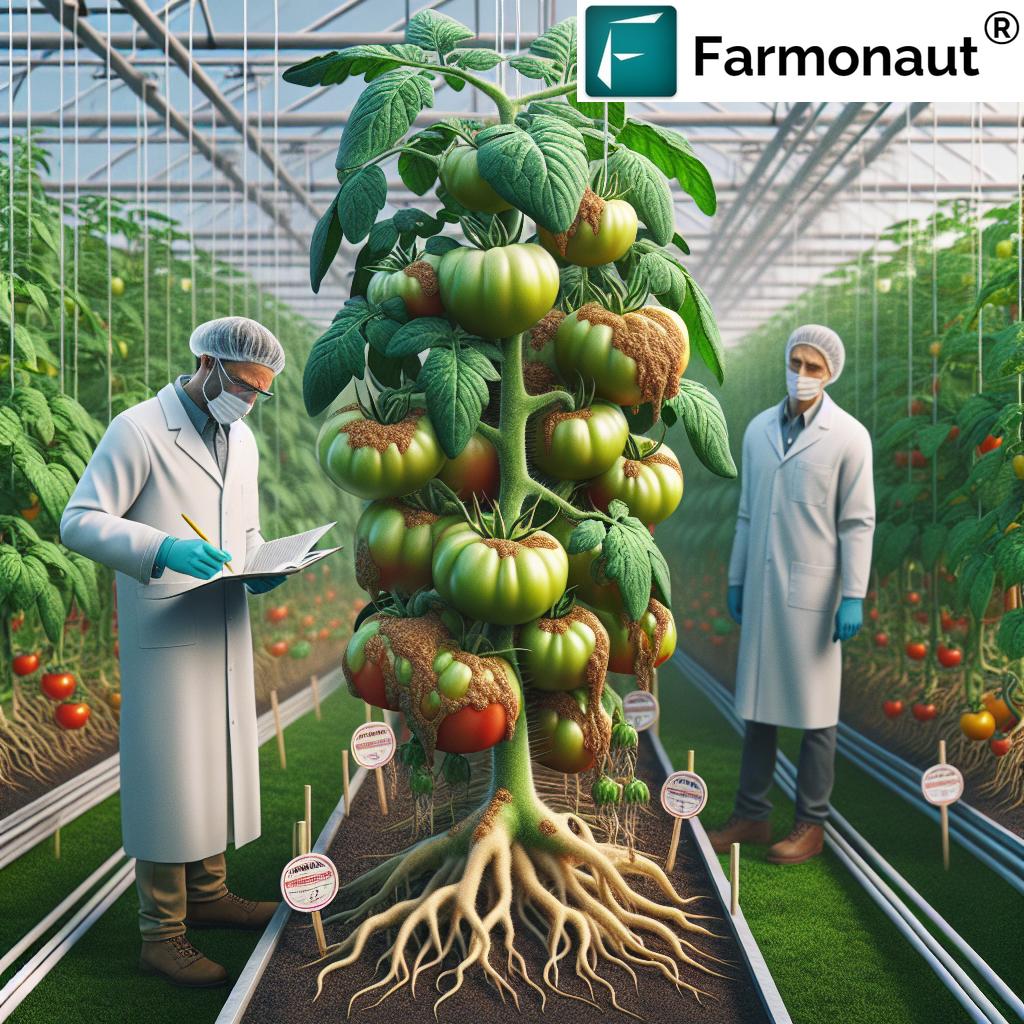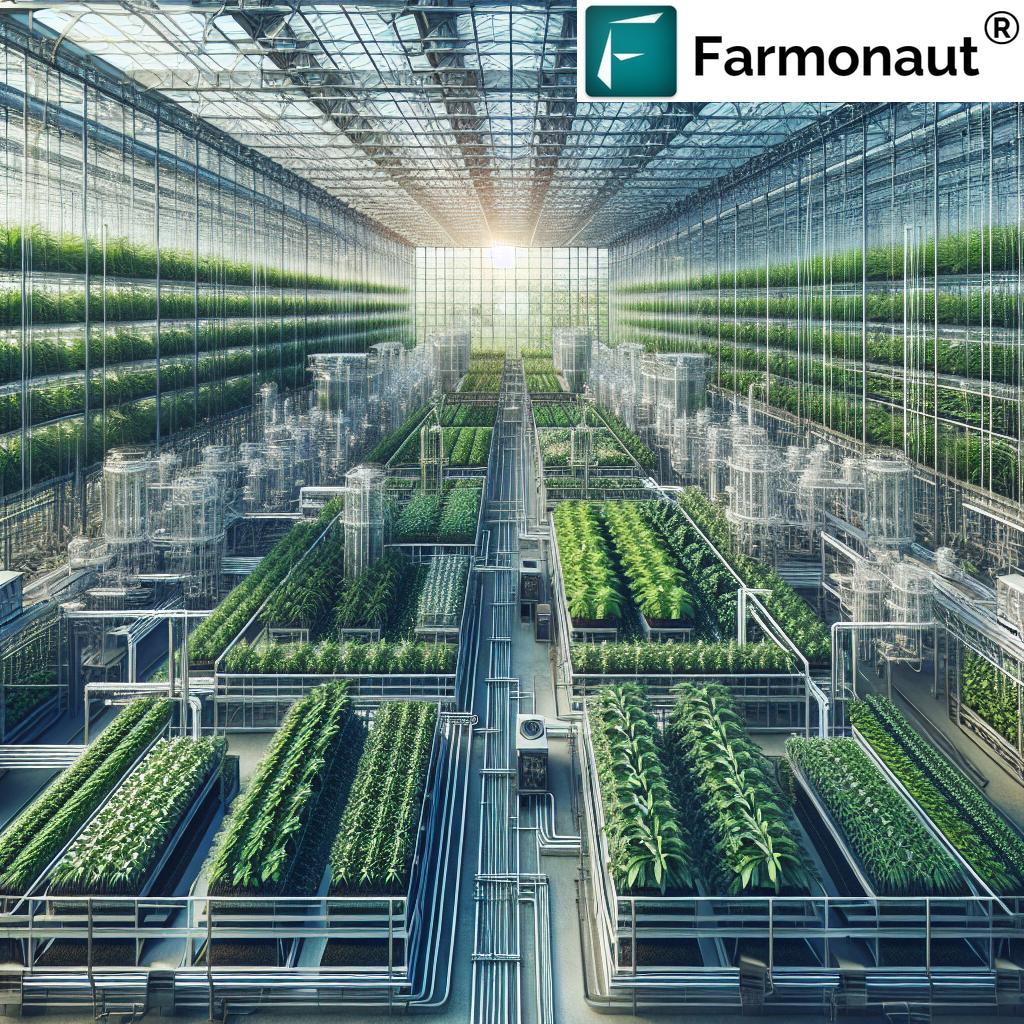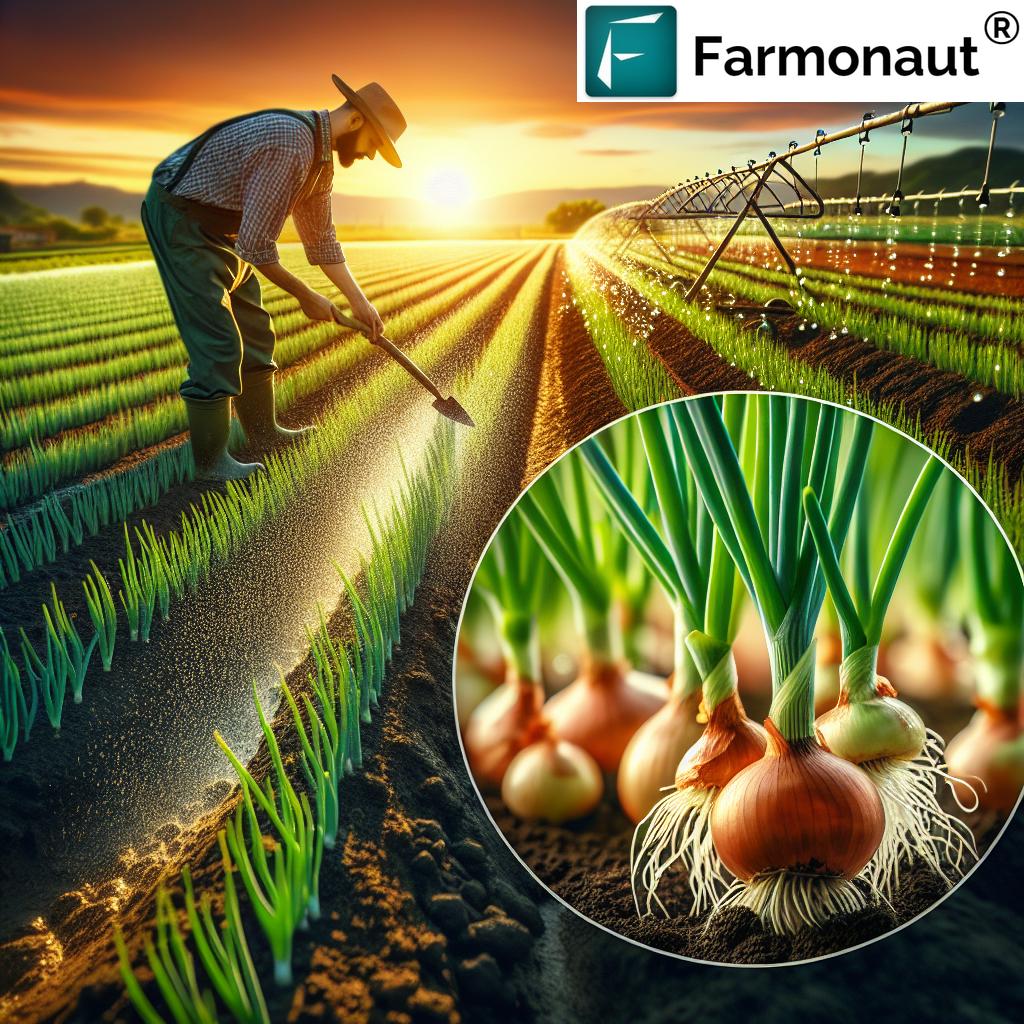Plant Disease Management Strategies for Sustainable Agriculture: Integrating Traditional and Modern Approaches
“Over 30% of global crop losses are due to plant diseases, highlighting the need for integrated management strategies.”
Introduction
In a world where ensuring sustainable agriculture and ecosystem health is pivotal, plant disease management strategies for sustainable agriculture through traditional and modern approaches have gained unprecedented importance. Plant diseases continue to pose a significant threat to food security, farm incomes, and environmental stewardship. With the year 2025 upon us, farmers, stakeholders, and policymakers are increasingly adopting integrated, data-driven, and eco-friendly methods that combine centuries of agricultural wisdom with the power of modern biotech, remote sensing, and digital tools.
This in-depth blog explores the strategies for sustainable forest management, plant disease management, and innovative approaches for combating deforestation, always emphasizing the delicate balance of productivity and stewardship. We’ll analyze proven traditional methods, cutting-edge solutions, and the real-world benefits of integrating these strategies for resilient, sustainable, and healthy agroecosystems.
The Critical Role of Plant Disease Management in Sustainable Agriculture
Sustainable management strategies for deforestation, disease control, and agroecosystem resilience are at the forefront of the 2025 sustainability agenda. In practice, if left unaddressed, plant diseases—caused by fungi, bacteria, viruses, and nematodes—can quickly devastate harvests and destabilize economies. Besides agricultural losses, forest health is compromised by pathogen outbreaks, affecting ecological balance and biodiversity.
To achieve sustainability, today’s farmers and stakeholders rely on a combination of traditional sustainable agriculture and modern technologies to monitor, forecast, and manage disease threats efficiently, economically, and with minimal environmental impact.
Focus Keyword: Plant Disease Management Strategies for Sustainable Agriculture Through Traditional and Modern Approaches
- Traditional and modern approaches underpin modern agriculture, aiming to reduce chemical inputs, preserve ecosystem health, and increase farm incomes.
- Integrated strategies enable resilience against both established and emerging pathogens, even under changing climate conditions.
- Sustainable forestry practices likewise depend on multi-pronged approaches for robust tree health and deforestation control.
Traditional Approaches to Plant Disease Management: Centuries of Sustainable Wisdom
Traditional sustainable agriculture has always prioritized long-term soil health, crop productivity, and ecological harmony. Over the centuries, farmers—especially those drawing upon indigenous knowledge—have developed time-honored methods that minimize disease outbreaks and disrupt pathogen life cycles.
Cultural Practices: The Bedrock of Plant Disease Management
- Crop Rotation & Intercropping: Alternating crops in the same land interrupts the life cycles of soil-borne pathogens and reduces disease incidence. For example, rotating cereals with legumes boosts soil nitrogen and suppresses many fungal diseases.
-
Use of Resistant Varieties: Selecting and cultivating crop breeds developed through indigenous knowledge that show resistance to local pathogens
Example: Many Asian farmers plant traditional rice varieties less susceptible to bacterial leaf blight. - Organic Amendments: Adding compost, green manure, and other organic matter promotes beneficial soil microbiota that suppress soil-borne pathogens naturally and restore soil fertility.
- Careful Seed Selection & Delayed Planting Dates: Selecting healthy, disease-free seeds and timing planting to avoid peak pathogen activity are simple but highly effective ways to minimize infection risk.
- Clean Field Hygiene: Regularly removing crop debris and infected plant material cuts disease persistence from season to season.
Biological and Botanical Disease Control Methods
Many traditional societies have often utilized botanical extracts and biopesticides derived from local plants as sustainable alternatives to synthetic pesticides. These approaches not only reduce chemical use and environmental harm but often promote greater biodiversity and balance.
- Neem, garlic, chilli, and other plant-based sprays remain in use to this day for controlling common fungal and bacterial diseases on vegetables, grains, and fruits.
- Biological controls, like introducing predatory insects or disease-suppressive microbes, help maintain ecological balance naturally.
Traditional Observation, Adaptive Management, and Community Knowledge
A cornerstone of traditional sustainable agriculture is the emphasis on keen observation, adaptive management, and communal knowledge-sharing. Farmers rely on daily monitoring for early disease symptoms, utilizing techniques like:
- Field walking and scouting at key crop stages to detect outbreaks early.
- Sharing insights with neighbors to adapt rotational patterns or synchronize planting for maximum community protection.
- Adjusting cultural practices dynamically as weather or pest patterns shift.
Modern Plant Disease Management Strategies: Precision, Data, and Innovation
The rapid development of biotechnology, remote sensing, AI, and data analytics has transformed plant disease management into a proactive, precise, and highly informed domain for the era of 2025 and beyond. These modern approaches are crucial for increasing productivity without sacrificing sustainability.
Remote Sensing, Drones, and Real-Time Diagnostics
-
Satellite imagery, drones, and ground-based sensors provide real-time crop health data, enabling targeted responses to emerging disease hotspots.
Satellite-based tools—like those offered by Farmonaut—enable farmers to monitor large tracts of farmland for declining vegetation health (using NDVI and other indices)—often before symptoms are detectable by eye.
Discover Farmonaut’s Large-Scale Farm Management
– This platform leverages cutting-edge satellite data, enabling users to monitor crop health and detect disease outbreaks for timely, targeted intervention while optimizing inputs for sustainable gains.
Molecular Diagnostics, Early Detection, and Gene Editing
- Molecular diagnostic tools (e.g., PCR, LAMP assays) can now identify plant pathogens in the earliest stages—even before symptoms appear—allowing farmers and agronomists to apply treatments only where and when needed, reducing chemical overuse.
-
Gene editing techniques like CRISPR are revolutionizing the development of disease-resistant crop varieties, providing faster, more precise solutions than conventional breeding.
These advanced varieties offer improved yield, climate resilience, and may even withstand rapidly evolving pathogens.
Precision Agriculture and Predictive Analytics
As we move into 2025 and beyond, precision agriculture supported by AI-driven platforms enables farmers to apply water, fertilizer, and crop protection products only where and when they are truly needed. The benefits are profound:
- Reduced input and chemical usage—lowering both costs and environmental risks
- Timely intervention thanks to predictive disease models that integrate weather, soil data, and historical outbreak patterns
- Enhanced resource management—saving energy, time, and money while maintaining or increasing productivity.
Explore Fleet & Resource Management with Farmonaut
– Coordinate machinery and optimize logistics for agriculture using satellite data and AI, reducing resource wastage and supporting truly integrated management.
Biological Innovations and Sustainable Alternatives
- Beneficial microbes, biopesticides, and RNA interference (RNAi) technologies are being harnessed as powerful new allies against stubborn plant diseases by targeting only the problem organisms—without harming beneficial fauna and flora.
- Blockchain for traceability ensures crop disease control measures can be tracked throughout the supply chain, boosting transparency and consumer trust.
Learn about Crop & Product Traceability with Farmonaut
– Monitor every stage from planting to harvest and sale, supporting transparent disease management protocols and responsible supply chains.
Integrated Disease Management and the Synergy of Old and New
The future of sustainable agriculture and forestry will be shaped by the intelligent integration of proven traditional methods and modern innovations. Integrated Plant Disease Management (IPDM) is a multi-layered approach that actively combines:
- Traditional and cultural practices—like rotation, sanitation, and use of botanicals
- Modern biological controls and molecular diagnostics
- Precision agriculture tools (satellite, drone, sensor)
- Smart data analytics—enabling predictive, timely responses for emerging disease outbreaks
Done right, IPDM can reduce reliance on chemical pesticides by up to 50%, foster resilience to unpredictable climate, and promote lasting sustainability for both agricultural lands and forests.
“Integrated disease management can reduce chemical pesticide use by up to 50%, supporting sustainable agriculture and forest health.”
Comparing Traditional and Modern Approaches: Integrated Management Strategies Table
Monitoring, diagnostics, and intervention must balance environmental and economic goals. The following table compares traditional and modern plant disease management strategies for sustainable agriculture and forest management:
Note: Effectiveness estimates and environmental impact are generalized; site-specific results may vary based on climate, crop, and disease type.
Case Applications: Strategies for Sustainable Forest Management & Deforestation Control
As with crops, forest health and productivity are shaped by the application of integrated management strategies. In the context of 2025, tackling diseases that threaten forests requires both traditional stewardship and new technologies.
Top Sustainable Forest Management Approaches for Pulp and Paper
- Selective Logging & Controlled Burns: Rather than clear cutting, careful selection of trees and occasional prescribed burning can suppress pathogen build-up and enhance forest resilience.
- Mixed-Species Planting: Including a diversity of native, disease-resistant species maintains ecological balance and reduces risk of catastrophic outbreaks affecting a single species.
- Certification (e.g., FSC): Certification schemes require documentation and verification of sustainable management strategies for deforestation, pest, and disease control, helping pulp and paper industries remain sustainable.
Remote Sensing and GIS-Based Forest Disease Mapping
Timely identification of disease foci in vast forest tracts is now possible with remote sensing, GIS analysis, and predictive modeling. Satellites provide early alerts for forest stress, and drone or ground surveys can pinpoint the responsible pathogens. This enables swift, targeted responses, minimizing both tree mortality and ecological disruption.
Farmonaut Carbon Footprinting
– Quantify and manage the carbon impacts of forestry and agriculture via real-time satellite monitoring, supporting climate resilience and responsible land stewardship goals.
Responsible forest management is also tied to social and economic dimensions: community-based stewardship, shared knowledge, and inclusive policy formation all help balance local needs and conservation priorities.
Farmonaut Technologies for Disease Management and Sustainability
As a leader in satellite-based agricultural monitoring, we at Farmonaut are proud to empower farmers, agronomists, businesses, and governments in achieving the next generation of integrated plant disease management. Our platform seamlessly connects:
- Multispectral satellite imagery for daily, weekly, or on-demand crop and forest health analysis
- Jeevn AI Advisory—a real-time AI system providing weather, disease, and management insights on Android, iOS, and Web platforms
-
Satellite Monitoring APIs
for developers and businesses to embed disease surveillance and management solutions into their systems - Blockchain-based supply chain traceability for disease management transparency across agricultural and forestry sectors
- Fleet & resource management tools to better coordinate operations, minimize losses and react quickly to outbreaks
- Real-time satellite-supported crop loan and insurance verification, reducing fraud and improving access to finance for sustainable farming
- Environmental impact and carbon footprinting features for tracking sustainability of agricultural and forest operations
Farmonaut’s mission remains to make satellite-driven insights affordable and accessible to users worldwide by integrating innovative technology and data-driven solutions into daily practice. Our solutions are designed to be scalable, user-friendly, and highly effective in supporting integrated plant disease management strategies for sustainable agriculture and forest health.
Benefits of Integrated Plant Disease Management for Sustainable Agriculture and Forests
- Lower environmental impact: Reduction in pesticide and fertilizer runoff means healthier soils, cleaner water, and less disruption to non-target species.
- Resilience against climate change: Flexible, data-driven, and diverse management strategies build buffers against unpredictable weather and novel pathogen evolution.
- Food security and higher farm incomes: Healthy crops yield better, safeguarding both the food supply and the economic wellbeing of farmers.
- Biodiversity and habitat preservation: Sustainable forestry and agriculture practices protect native species, ecosystem services, and genetic resources for future generations.
- Empowered stakeholders: With access to real-time monitoring, transparent data, and blockchain traceability, stakeholders make more informed and responsible decisions.
- Stronger policy frameworks: Integrated, science-based approaches underpin regulations, certifications, and sustainability targets for 2025 and beyond.
FAQs: Plant Disease Management Strategies for Sustainable Agriculture
What are the key components of an integrated disease management strategy?
Integrated disease management (IDM) combines traditional cultural practices (like rotation and hygiene), biological controls, resistant varieties, modern diagnostics, and precision tools to tackle plant diseases while minimizing environmental impact and promoting long-term sustainability.
Why is reducing chemical pesticide use important?
Overreliance on chemical pesticides leads to resistance in pathogens, pollution of soil and water, and declines in beneficial insects and overall biodiversity. Integrated strategies can cut pesticide use by up to 50%, maintaining productivity and reducing environmental harm.
How do remote sensing and GIS benefit sustainable agriculture?
Remote sensing via satellites or drones provides farm- and landscape-scale health monitoring, enabling rapid response to disease outbreaks, resource optimization, and data-driven decision-making—all essential for sustainable agriculture and responsible forest management.
Can modern genetic tools replace traditional practices?
While gene editing and biotechnology speed up the development of resistant varieties and diagnostics, combining these with proven traditional methods offers the greatest resilience and adaptability, especially in complex or changing environments.
How can small-scale farmers access modern technologies?
Today, affordable platforms like Farmonaut and mobile apps bring advanced monitoring, advisory, and resource management tools directly to smallholders, democratizing sustainable agriculture and empowering even those with limited infrastructure.
Conclusion: Integrating Strategies for 2025 and Beyond
The pathway to sustainable agriculture and forest health in 2025 is clear: Integrate traditional wisdom with modern precision tools and data-driven approaches. By synergizing time-tested methods with leading-edge technologies, stakeholders are strategically positioned to increase productivity, lower environmental impact, and safeguard the resources that feed and support our world.
As plant diseases and deforestation remain significant threats—posing risks to food security, ecosystem stability, and rural livelihoods—the value of integrated management strategies becomes ever more apparent. Success in the decade ahead will depend on collective action, the wise adoption of diverse approaches, and robust monitoring and control at both local and global scales.
Whether you are a farmer, agronomist, forester, scientist, or policymaker, engaging with integrated plant disease management strategies for sustainable agriculture through traditional and modern approaches is essential for responsible stewardship in a changing world.
Let’s cultivate a more sustainable, balanced, and thriving future together.
Explore crop, plantation, and forest advisory solutions from Farmonaut here.
If you are interested in integrating real-time satellite monitoring, AI-driven advisories, blockchain traceability, or resource management for your farm or forestry operations, explore Farmonaut’s multi-platform suite for scalable, affordable, and user-friendly solutions in plant disease management.














